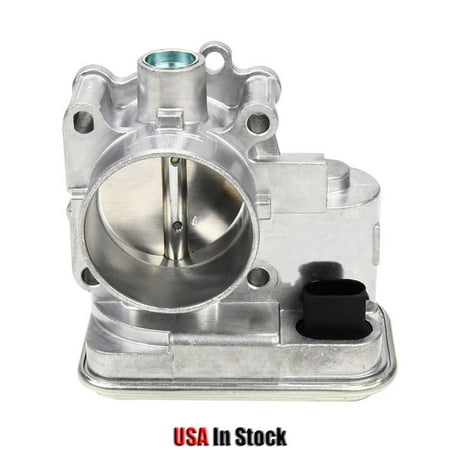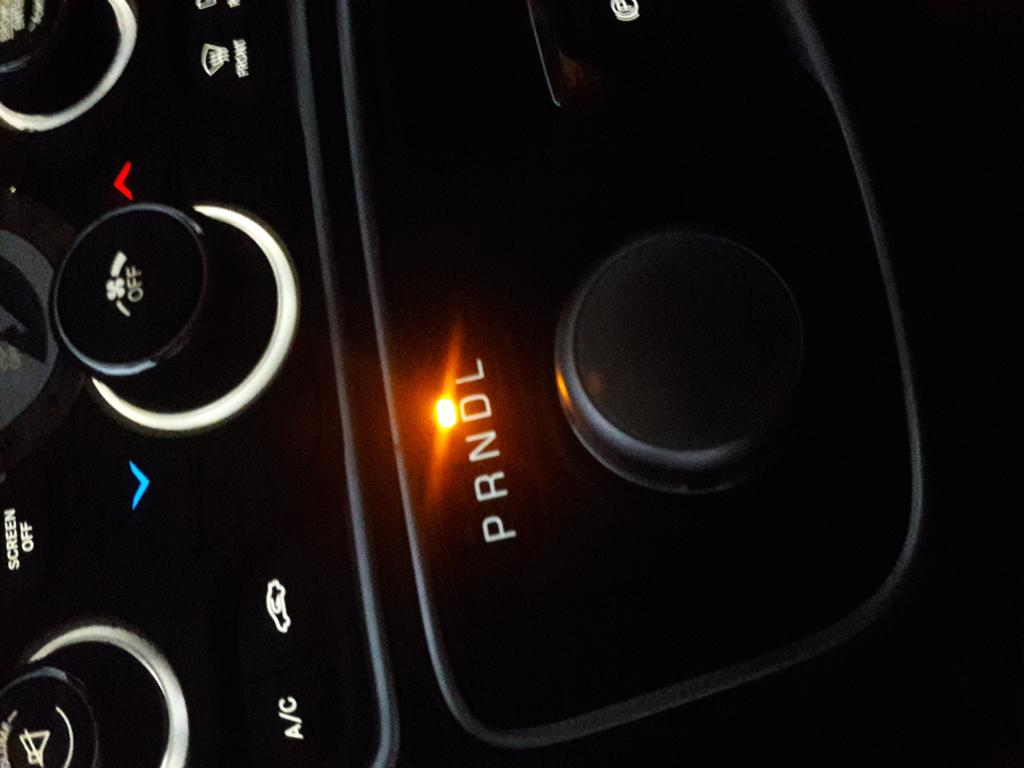Chrysler 200 Shaking At Idle
Fixing Idling and Driveability Problems onChrysler, Plymouth, and Dodge cars and minivansThis page covers fuel-injected cars.Idling and driveability problems can be caused by a variety of issues. Sometimes, the computer can tell you what is wrong.On cars with carburetors (phased out through the 1980s), the most common problems include the distributor cap and rotor, vacuum hoses (which tend to go bad when they get older, but which are cheap and easy to replace), spark plugs, carburetor tuning - which most mechanics do not do well - and the carburetor itself.
Cars with automatic feedback carburetors (mid-1970s to 1980s) can also have problems with sensors and wires.On cars with distributors (Chrysler phased out distributors in the mid-1990s), common idle and stalling problems involve the distributor cap and rotor, spark plugs, and sensor. These are all easy and cheap to replace. Typical prices are about $14 for the distributor cap, $8 for the rotor, $35 for the MAP sensor, $2 each for spark plugs.With or without a distributor, erratic idle (including high idle speeds) can be caused by a faulty (TPS) - a common problem (see diagnostics below). Likewise, the can go bad. Can cause a lumpy idle (along with high fuel use, lower power, and higher regulated emissions). More problems include.
MAP sensor problems (Pete Jackson, 2008)My 1994 Town & Country (3.8 liter V6) fell flat on acceleration. No code was set, but she ran terribly, with no power, major misfires, and an occasional backfire. Then, on the same trip, she started immediately, with no problems. The next morning, she was a little hesitant on start-up, but ran rough with no stalling — and no Check Engine light.
Then, after work, she stalled again, and after a restart ran acceptably, with a little miss and surge.Perplexed, I took her to my local shop (also one of my customers, I work for NAPA Auto Parts), and had him plug in a scan tool. The only code that was present was the EGR Code (32). The EGR code is set by my free-flowing exhaust, not enough back-pressure make the valve sensor happy (the valve is six months old and works just fine). He cleared the code then started (attempted to) the van. No start, just crank, rev, backfire, die.
On the scan tool screen he had highlighted the MAP sensor reading. Way off, but not enough to trip the code. He said that it was most likely going to fail out-right in a day or two.Drove straight back to my store and looked at the MAP sensor on the shelf, felt cheap, looked cheap, just like the NAPA unit I had previously installed (Made in Taiwan printed on side).
I had no choice with the NAPA sensor the first time due to money issues. (It still cost me $50, should have paid the high stealer price and done it right the first time)Now this (newer) NAPA sensor has failed, so I ordered a brand new OEM sensor from Timberline Dodge in Portland, Oregon, so I know I am getting a quality part. Part Number is 5234024. Comes with a 12 month, 12,000 mile warranty. Shortly after I finally got the MAP sensor code and check engine light. I made it home, with restarts at every stoplight as well as a major surge on acceleration. Suprisingly once the light comes on, she runs marginally better (doesn't die at red lights) — the computer apparently ignores certain sensors when it detects a fault.
But this does not cause limp mode, unlike the crank sensor.The sensor (on my van) is screwed into the the rear, right side of the upper intake plenum next to the alternator (actually about six inches away). It is black plastic and has a 10MM bolt head cast into it. Simply unscrew it from the plenum, and screw the new one in until tight.
There is printed on one side (the flat side) of the sensor, THIS SIDE UP. That side must be up for the sensor to work correctly. In all it takes about five minutes to change the sensor. The appearance and location of MAP sensors varies wildly depending on the vehicle.
High Idle Speed (Bohdan Bodnar)Abnormally high idle implies a cracked/open vacuum hose to the MAP sensor. (The location of the MAP sensor and its appearance depends on the vehicle; these instructions are for a LeBaron GTS.) The MAP sensor's probably located by the firewall on the vehicle's right side (passenger side). It'll be be a small rectangular box with a three-wires connector going to it and a vacuum hose connector. The vacuum hose goes to the intake manifold via the barometric pressure reading solenoid ('baro read' solenoid) or, just directly to the intake manifold (depends on the car). The wires on the MAP sensor are: signal ground (usually, black - this is a direct connection to the computer and may serve as a signal ground for the TPS, also), reference voltage (usually, red - 5.0 volts reference signal), and signal output (probably green).

Diagnosis is as follows:. Disconnect vacuum hose and connect a vacuum gauge to it. Start engine.
You should get a vacuum reading (on this engine, I'd expect a minimum of around 17' Hg on a cold start - it may drop off a bit as the engine heats up). If there's no change in vacuum reading, FIND OUT WHY (cracked hose, malfunctioning baro read solenoid.). With engine running, measure reference power supply - it should be very close to 5.0 volts. Measure output signal voltage.
With the engine off (but key in 'run'), it should be something like 4.8 volts or A LITTLE BIT HIGHER - it must NOT be the same as reference power supply voltage. On turbocharged engines, the MAP output should be around 2.5 volts. Signal voltage varies as follows: as manifold pressure increases, output voltage increases.High idle speed (Brian Minnebo) - and testing the throttle body sensorThe throttle body sensor (TPS) may be bad.
To test it, Brian Minnebo suggested the following (which requires the TPS to be off the car):. Apply a 5v (DC) power source and ground to the TPS. Measure voltage between ground and signal wire. Watch voltage vary between 0 and +5 as you turn the inside of the sensor with the screwdriver.
Look for dead spots, or no linear increase in voltage. It may not go all the way to 0 or all the way to +5, that's ok.Bohdan Bodnar: TroubleshootingFirst thing is pull diagnostic trouble codes (DTCs). If you want details on troubleshooting that code, you'll either need extensive Chrysler experience, the 'Drivability Manual,' or equivalent information.Suppose the DTC is 'MAP pneumatic circuit problem.' This indicates that the powertrain control module did not see a drop in manifold pressure AFTER the engine started. The most likely culprit is a cracked/loose vacuum hose running to the MAP sensor.
The computer now sees a wide-open throttle power demand and proceeds to cheerfully flood the engine while you're idling.The next thing I'd look at is system fuel pressure. For the 2.2/2.5 liters TBI engines, the throttle body intake fuel rail pressure better be 14.5 psi +/- 1 psi.
If it's too high, you'll flood the engine (especially at idle). For multipoint injected engines, the fuel pressure at idle better be much lower than pressure at wide-open throttle. If the pressure in a multipoint injected engine doesn't change with power demand, see if the vacuum hose to the pressure regulator fell off.Now, with the engine off, see if the fuel pressure drops like a rock.
If it does, then you have leaking fuel injectors (if you have engine run-on, then you certainly have leaking injectors).Next, look at the quality of the ignition system. The sim 4 mods. With the engine running, taking a plant misting bottle (the type you can buy at any hardware store), fill it with water, and mist the ignition wires. If you see sparks flying all over the place, then you have wires where the high voltage has punched through the insulation. Replace ALL the wires - I recommend Chrysler wires, NOT aftermarket (experience, here).Now, examine the spark plugs.
The 2.2/2.5 liter engines (except Turbo III) use Champion RN12YCs gapped to 0.035'. Be sure that this is what you have and the gap is correct.
Now, examine the cap and rotor - if the amount of copper on the rotor's tip is small, replace BOTH cap and rotor. The best aftermarket cap/rotor kit I've run across is made by Wells.
The Chrysler one isn't that expensive. Ed Treijs: wires on the intake manifoldEd Treijs wrote: The wires going to the round connector which lies on the intake manifold behind the throttle body had brittle insulation and were showing bare spots when I got the car. A subsequent examination of the FSM reveals that the two ground wires for the logic module pass through this connector. This may explain the idle problems, including both high and irregular idle, he experienced. Muffler blockageMatt Miles wrote: 'Was cruising tonite on the highway at 65 mph in cruise, and occasionally the motor would stumble. It didn't do it at first; maybe after 20 miles or so.
Chrysler 200 Shaking At Idle Time
It was sporadic; not rythmic at all.Well, my Horizon had the exhaust innards collapse on me causing the same stuff. A universal cat and stainless check-valve setup set me back $85 and the lifetime Auto Zone muffler set me back a whopping $19.04.
I have no problems. Occasionally I experience a mild surge at cruise, but I think it's my throttle position sensor. Other than that she's like new:) For more. A basic.

I have a 2005 chrysler 300 v6 3.5 with 150,000km on it. At high speed the vehicle tends to start vibration badly where the the dash board seems like its going to pop out.
I took it to two mechanics and both of them are clueless about the problem. One said that it could be either torque converter or transmission mount, the other said transmission mount or low tranny fluid.I have gotten my tires balanced and fixing the upper control arm. The problem is that on high speed the car vibrates ONLY at low rmp, when i press on the gas and the rmp increases the vibration goes away and comes back when i let go of the gas.I have absolutely no clue what this is could someone help? I have a 2005 chrysler 300 v6 3.5 with 150,000km on it. At high speed the vehicle tends to start vibration badly where the the dash board seems like its going to pop out.
I took it to two mechanics and both of them are clueless about the problem. One said that it could be either torque converter or transmission mount, the other said transmission mount or low tranny fluid.I have gotten my tires balanced and fixing the upper control arm. The problem is that on high speed the car vibrates ONLY at low rmp, when i press on the gas and the rmp increases the vibration goes away and comes back when i let go of the gas.I have absolutely no clue what this is could someone help?